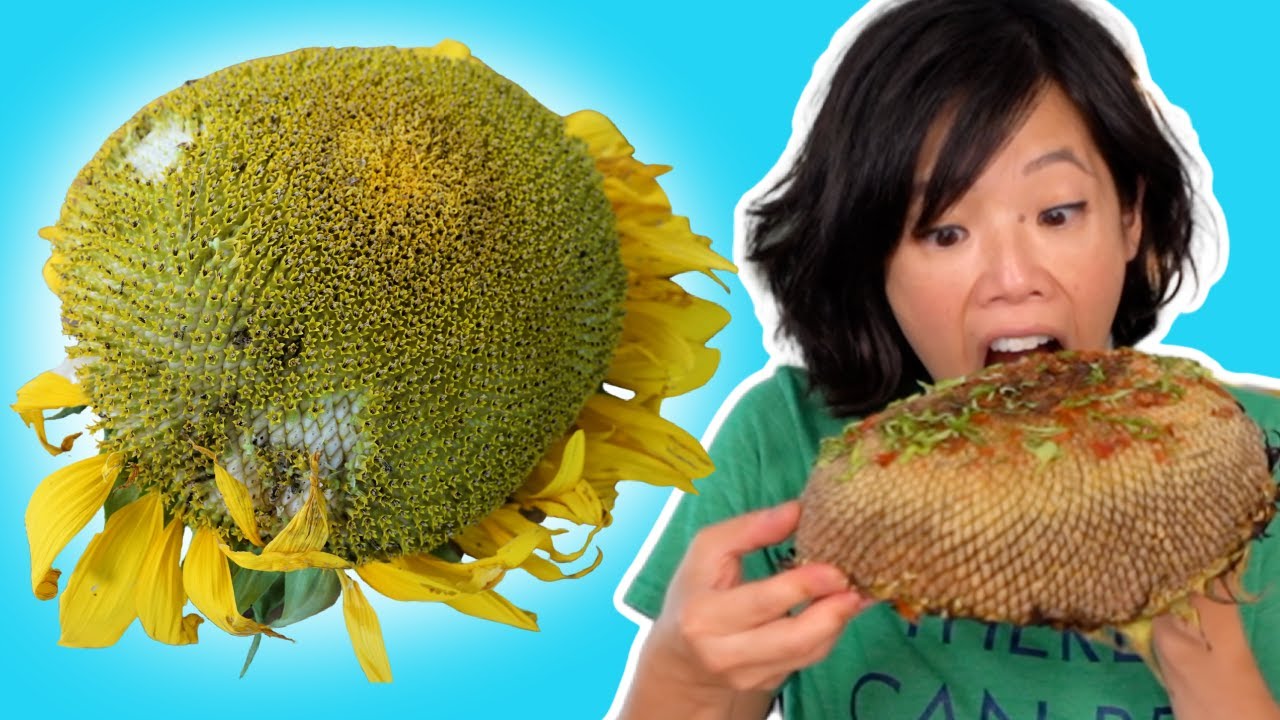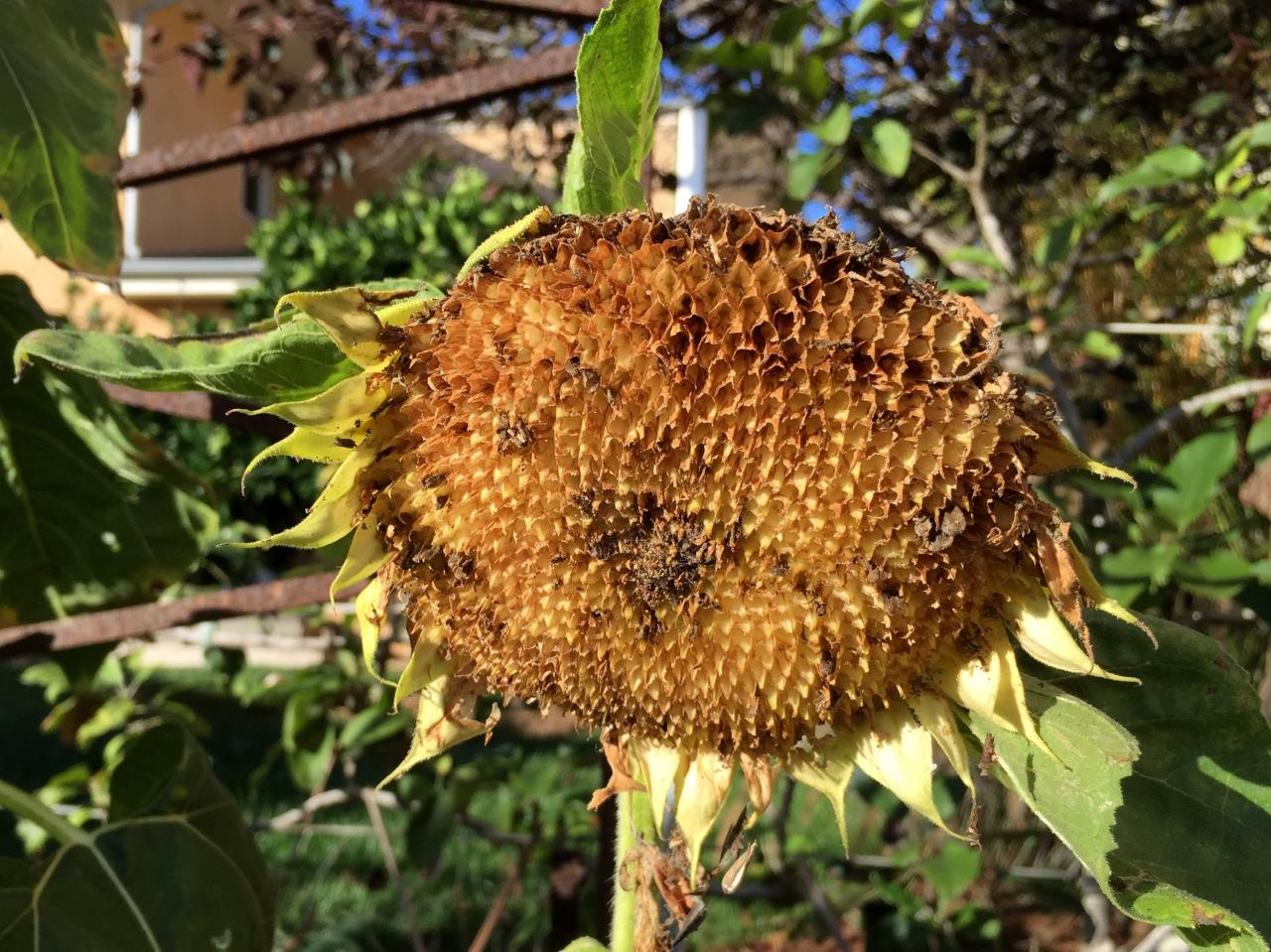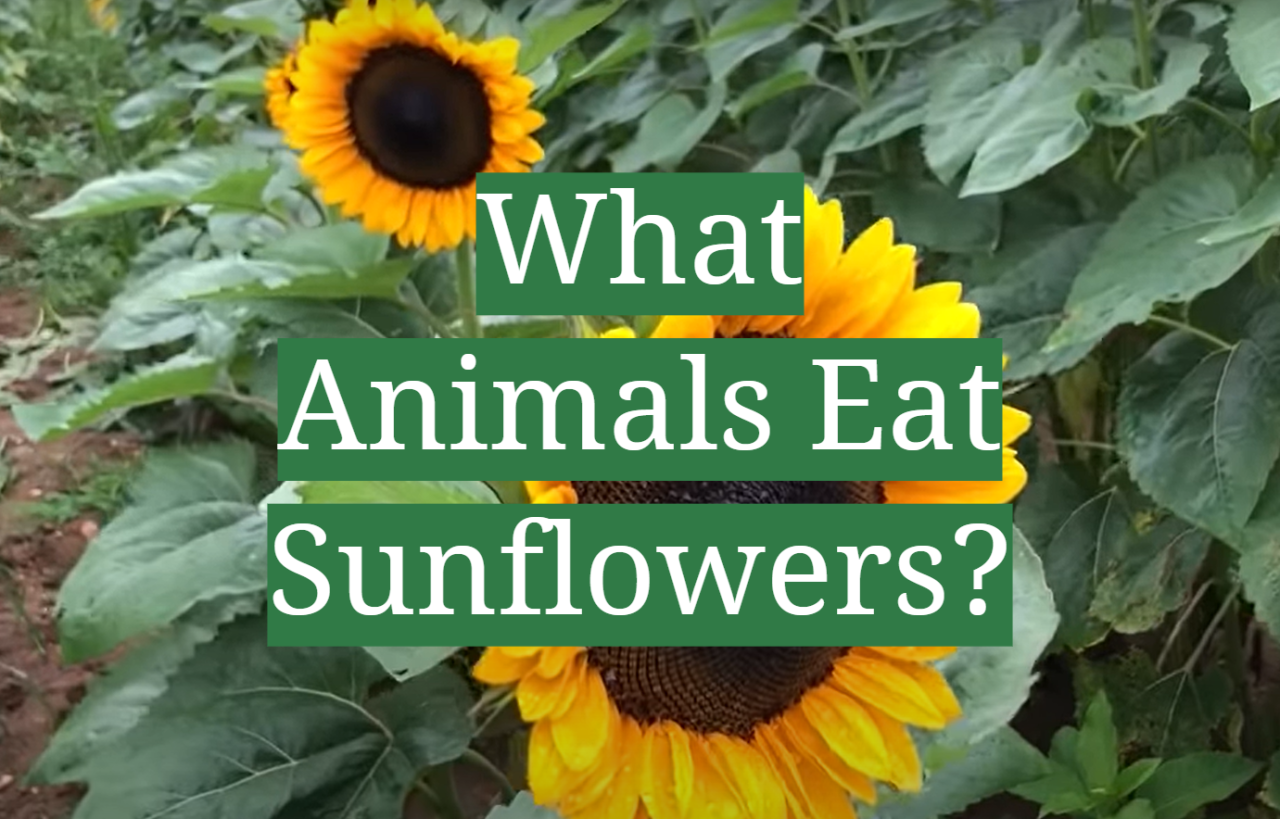Sunflower plants, with their vibrant yellow petals and towering heights, are a favorite among gardeners and farmers alike. However, these stunning flowers aren’t just a delight for our eyes; they also serve as a food source for various creatures in nature. Understanding what eats sunflower plants can help you protect your garden and ensure your sunflowers thrive. In this comprehensive guide, we’ll delve into the different pests and animals that feed on sunflower plants and explore effective control methods. 🌻
Common Pests That Eat Sunflower Plants
Sunflowers attract a variety of pests, each posing potential threats to their health and growth. Here’s a detailed look at some of the most common pests that feed on sunflower plants:
1. Aphids

Aphids are tiny, soft-bodied insects that can be found on the undersides of sunflower leaves. They feed by piercing the plant’s tissues and sucking out the sap. This can lead to stunted growth and distorted leaves.
Signs of Infestation:
- Sticky residue on leaves (honeydew)
- Yellowing and curling leaves
- Presence of ants attracted to honeydew
2. Sunflower Beetles
The sunflower beetle is another notorious pest. These small black or striped beetles can cause significant damage by chewing on leaves and flowers. If left unchecked, they can devastate entire crops.
Control Methods:
- Handpicking beetles off plants
- Applying insecticidal soap
3. Spider Mites

Spider mites are barely visible to the naked eye but can wreak havoc on sunflower plants. They thrive in hot, dry conditions and feed on leaf sap, leading to a speckled appearance.
Signs of Infestation:
- Fine webbing on the undersides of leaves
- Leaves may turn yellow or bronze
Animal Predators of Sunflower Plants
Besides pests, certain animals are known to munch on sunflower plants, often targeting the seeds. Here’s a closer look at these hungry herbivores:
1. Birds
Many birds, such as finches and sparrows, are drawn to sunflower seeds, making them a common threat to sunflowers, especially when the flowers begin to mature. 🐦
2. Squirrels and Rodents
Small mammals like squirrels, rabbits, and various rodents may also feast on sunflower plants. They often nibble on leaves and flowers but are particularly interested in the seeds when they are ripe.
Prevention Tips:
- Using protective netting to cover young plants
- Building raised beds to deter ground-based animals
Effects of Sunflower Consumption on Plants
When pests and animals consume sunflower plants, it can lead to a variety of negative effects:
1. Reduced Photosynthesis
Damage to leaves reduces the plant’s ability to perform photosynthesis, which is crucial for growth and energy production.
2. Increased Vulnerability
When plants are weakened by consumption, they become more susceptible to diseases and other pests. This can create a vicious cycle, leading to more significant issues over time.
3. Lower Yield
For farmers, pest and animal damage can lead to decreased yields, impacting profitability. Understanding the threats to sunflowers is vital for successful cultivation.
Preventative Measures Against Pests and Animals: What Eats Sunflower Plants
Implementing effective prevention strategies is essential to protect sunflower plants from various threats. Below are some strategies to consider:
1. Regular Monitoring, What Eats Sunflower Plants
Inspect sunflower plants regularly for signs of pests or animals. Early detection allows for prompt action, minimizing damage.
2. Companion Planting
Some plants can deter pests. For instance, planting marigolds near sunflowers can repel aphids and other harmful insects. 🌼
3. Use of Insecticidal Products
Insecticidal soaps and organic pesticides can be effective in controlling pests. Always follow the instructions on the label and consider the impact on beneficial insects.
Table of Common Pests and Their Control Methods
| Pest | Signs of Infestation | Control Methods |
|---|---|---|
| Aphids | Sticky residue, yellowing leaves | Handpicking, insecticidal soap |
| Sunflower Beetles | Chewed leaves and flowers | Handpicking, insecticidal soap |
| Spider Mites | Webbing on leaves, yellowing | Water sprays, miticides |
| Birds | Seeds missing, droppings | Protective netting |
| Squirrels/Rodents | Chewed leaves, missing seeds | Raised beds, repellents |
Note: Always consider using organic and environmentally friendly methods to control pests and protect the ecosystem.
Conclusion
Understanding what eats sunflower plants is crucial for anyone looking to grow these beautiful flowers successfully. By being aware of common pests and animals that threaten sunflowers, as well as implementing effective prevention strategies, you can protect your plants and ensure a flourishing garden. 🌻 With the right care and attention, your sunflowers can continue to bloom bright and tall, providing a beautiful and vibrant addition to your landscape.
